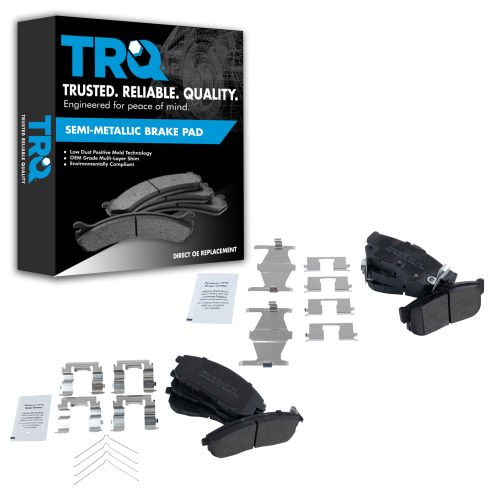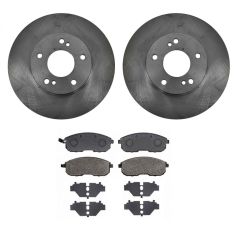1ABFS02179-Nissan Infiniti Front & Rear Semi-Metallic Brake Pads TRQ BFA12984

Replaces
1992 Nissan Maxima Front & Rear Semi-Metallic Brake Pads TRQ BFA12984

Product Reviews
Loading reviews
4.50/ 5.0
2
2 reviews
Easy install
April 3, 2019
The break pads fit the description and went on flawlessly
Brakes
January 13, 2022
Great pads
Customer Q&A
No questions have been asked about this item.
Nissan is a registered trademark of Nissan Motor Co., Ltd. 1A Auto is not affiliated with or sponsored by Nissan or Nissan Motor Co., Ltd.
See all trademarks.









